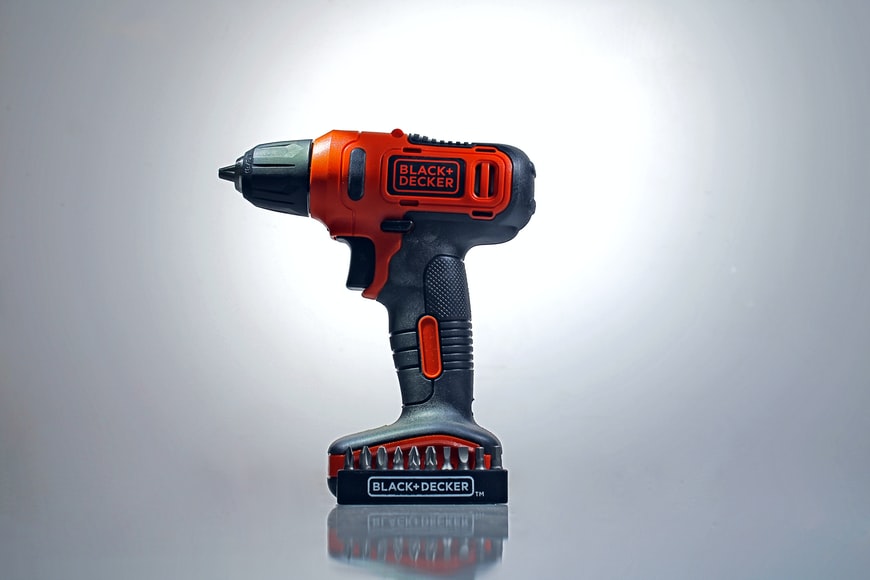
Drill bits can be tailored to your specific industrial application. Whether you’re using carbide turning inserts or solid high-speed steel bits, it’s important to use the right drill bit size for your process. Explore the top ways to size drill bits with the help of Kennametal.
Table of Contents
Choosing By Type
The type of drill bit describes not only its geometry but also its application. If you’re using the same bit for pre-drilling lumber and steel, then you’re not receiving the results you deserve. Here are some common types of drill bits to consider before finding the right size:
- Masonry
- Wood
- Metal
- Glass
- Tile
For a masonry, metal or other material pre-drill hole, be sure your bit is the same size or slightly larger than the fastener going into the hole. You should use a bit slightly smaller than the fastener, however, when drilling through wood.
If you’re drilling through a different type of material, then work with your tooling provider to find the best option for your process. You may need to use one of the above types for a different material or your provider may recommend a custom bit design.
Comparing Materials
The drill bit material you choose can also factor into the optimal drill bit size. Compare these materials to create the right hole in your workpiece without significantly reducing tool life:
- Solid carbide drill bit
- High-speed steel drill bit
- Tungsten carbide drill bit
- Diamond drill bit
- Cobalt drill bit
These materials for drill bits offer varying degrees of hardness, sharpness and heat resistance. The replacement cost also varies, so work with a leading tool provider to determine the best option for your specific situation.
The material you choose also affects its lifetime. Some hard materials offer more rigidity and can perform better in high-speed situations. Software metals may require lower speeds but are easier to sharpen.
Considering the Diameter and Length
There are several tools you can invest in to identify the optimal diameter and length for your drill bit components. As you set up a new assembly line or custom process, discuss the drill shank and cutting edge diameters to create clean, efficient cuts.
The length of the drill bit can also affect workpiece precision and tool life. An improperly sized bit can be more costly to replace or sharpen and may create a cut that’s deeper than required. Don’t attempt to drill further into your workpiece than recommended by its material and thickness, or you may crack and compromise the piece.
The geometry of the drill bit also affects the optimal size. Does the bit have a 118-degree point or a 135-degree option? The angle of the point is primarily determined based on the workpiece material, but it can also be altered to better suit your chosen tool speed.
Finding the Right Bits With Kennametal
From a single drill bit to tooling for your entire plant, find the right bits with Kennametal. Don’t let an improperly sized bit hold your project back or cause unnecessary workpiece damage. Explore highly rated indexable options or find a custom solution to keep your facility moving forward.
Originally posted 2021-12-24 14:38:04.